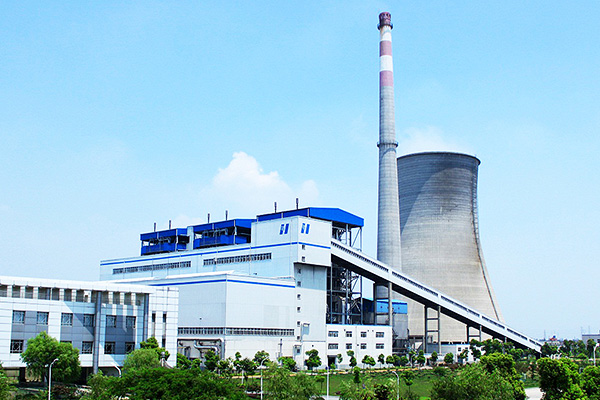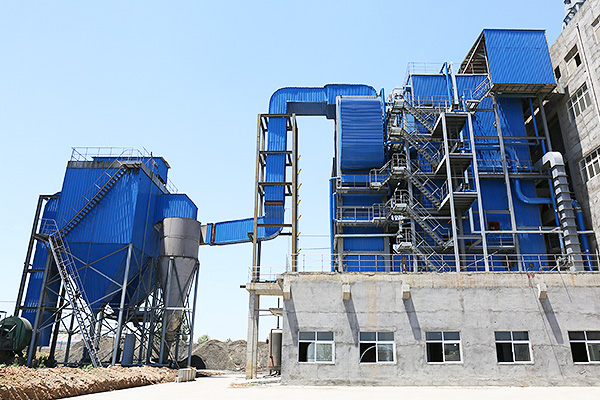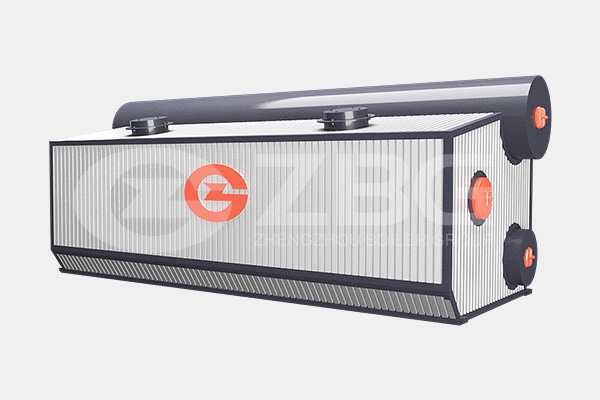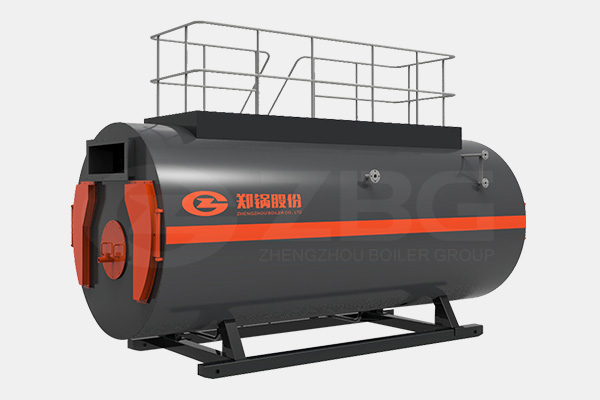The Importance Of Safety Valves On Steam Boiler
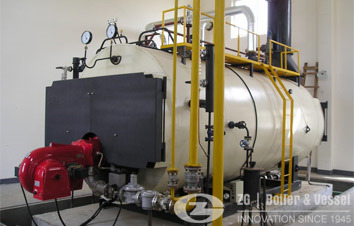
As high pressure and temperature systems used for generating steam, industrial stea boilers are widely used to drive steam turbines for electricity generation or for industrial process, such as traveling grate type steam boilers, circulating fluidized bed boilers, power plant boilers. During the operation of boilers, the pressure in the system may goes above the safe limit of the material of construction, which may lead to explosion. To prevent such an accident, safety valves (safety relief valve, pressure relief valve) are provided to ensure the safety operation.
Safety valves locations
There are large quantity of water and steam in boiler drums, which is the main component in the system need protection against pressure increases above the limit. Two to six safety valves are provided in the drum depending upon the capacity.
Usage of safety valve
Safety valves should be installed wherever the maximum allowable working pressure of a boiler is likely to be exceeded. The primary function of a safety valve is to protect life and property. In steam boilers, safety valves are typically used for boiler over-pressure protection and other applications. Especially for power generation boilers that produce high pressure steam, the safety valves are very important. The safety valve operates by reducing the excess pressure in a safe manner when a predetermined maximum pressure is reached. Besides, the safety valves should be inspected regularly to ensure normal operation of them.
Safety valves would work in different situations when pressure excess occur, including:
An imbalance of fluid flow rate caused by inadvertently closed or opened isolation valves on a process vessel.
Failure of a cooling system, which allows vapor or fluid to expand.
Compressed air or electrical power failure to control instrumentation.
Transient pressure surges in drums or pipes.
Exposure to plant fires.
Failure of heat exchanger tubes .
Uncontrollable exothermic reactions in chemical plants.
Environmental temperature changes.
